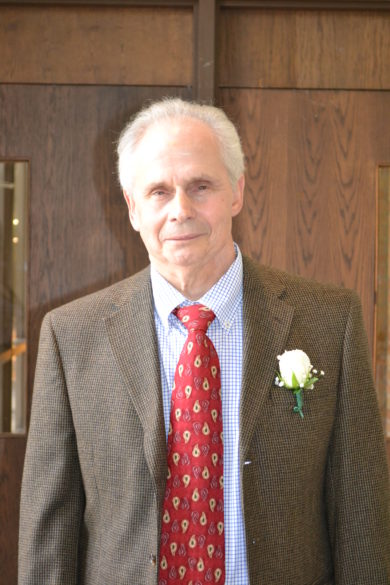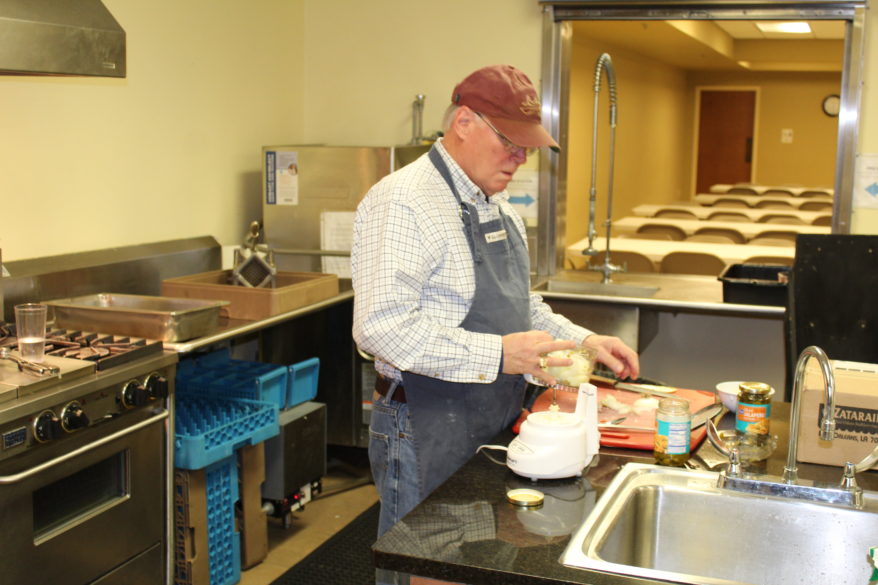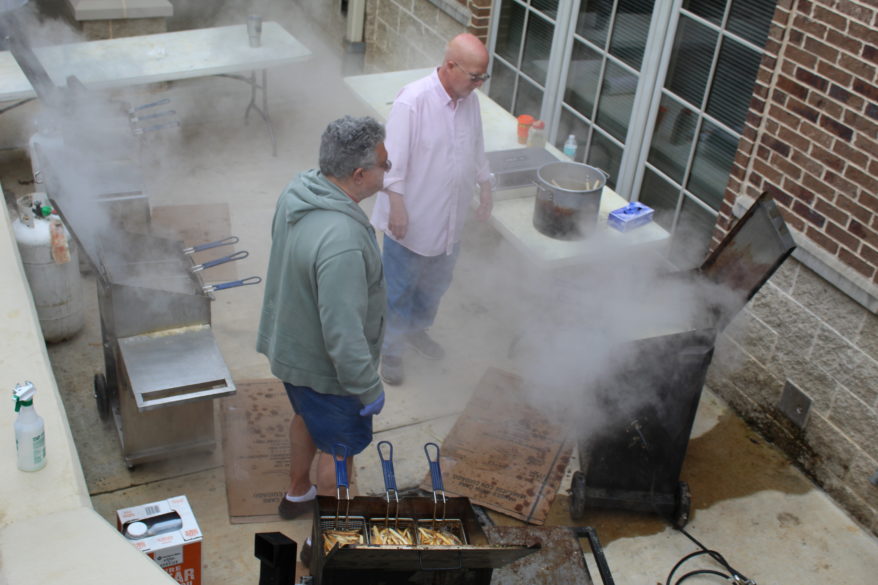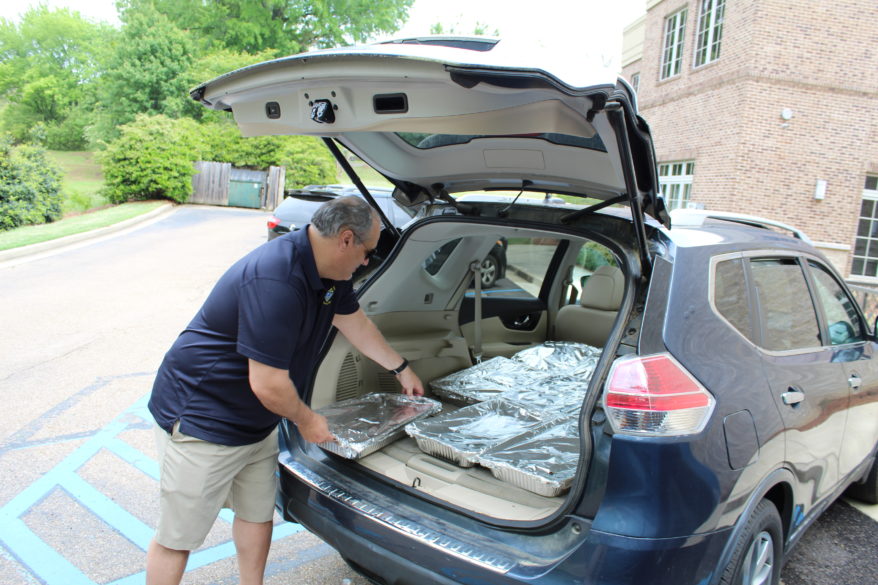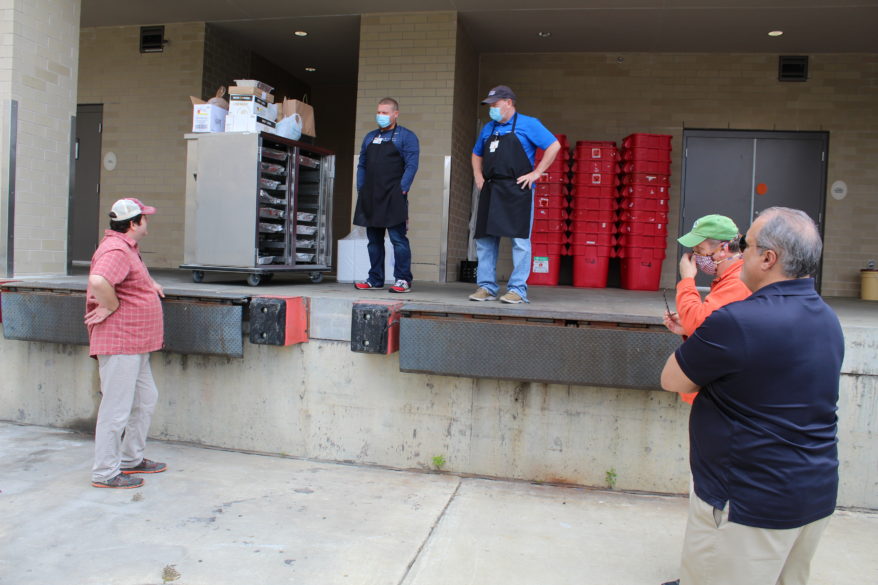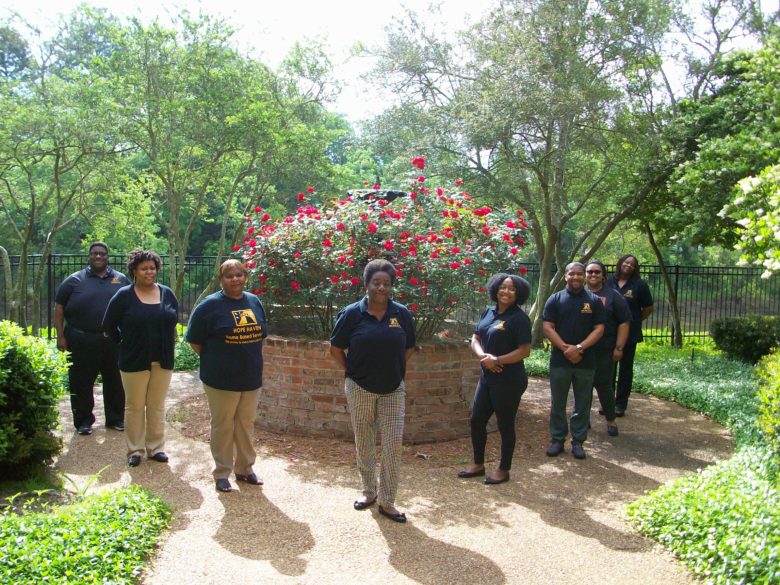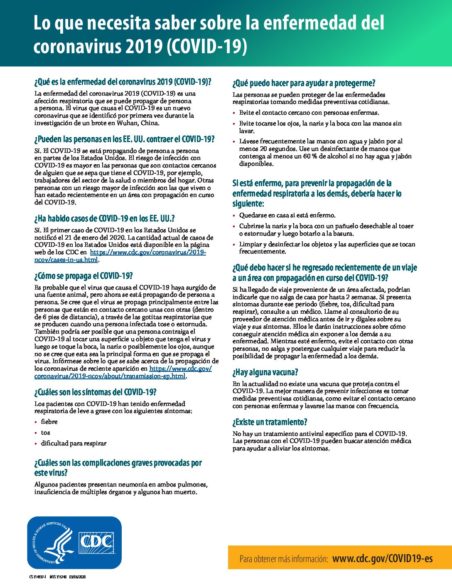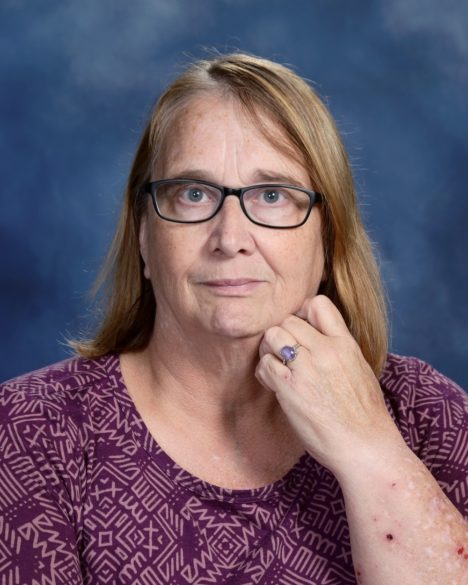
THINGS OLD AND NEW
By Ruth Powers
In the long tradition of the church, the month of May has been traditionally devoted our Blessed Mother. The catholic devotion that is probably most closely connected to her is the rosary, so let’s take a look at how that form of prayer developed.
Catholics are not the first people to pray using beads. Beads or knotted cords were used by Hindus and Buddhists to keep track of prayers long before they advent of Christianity. In Christian practice the Desert Fathers in the third century were known to use stones or knotted “prayer ropes” to keep track of their daily recitation of the 150 psalms. A little later in the Eastern church the Jesus Prayer (“Lord Jesus Christ, Son of God, have mercy on me”) became popular and was repeated over and over while counting beads. In the Middle Ages the common people, who were often illiterate, wished to join in some way with the devotional prayer taking place in monasteries, where recitation of the 150 psalms was done daily. Since most people know the Our Father, they began to use strings of beads (called paternosters for the first words of the prayer) to count out the recitation of 150 Our Fathers in place of the psalms. In fact, the word bead, comes from the Old English word “bede,” which means prayer. These beads, and the prayers that went with them were sometimes called the poor man’s breviary.
The prayer most closely associated with the rosary, the Hail Mary, took over a thousand years to reach its modern form. The earliest version simply added the name of Mary to the words spoken by the angel in Luke 1:28. Repeating this phrase while counting 150 beads was popularized by Pope Gregory the Great (590-604). The second phrase from Luke 1:42 began to be added sometime between then and the early 13th century. The final petition (Holy Mary, mother of God, etc.) was added by St. Peter Canisius in his first catechism in 1555 and finalized in the Catechism of the Council of Trent in 1566.
Another development in the monasteries, that of adding a phrase relating to the life of Christ and His mother after each of the 150 psalms, led to the development of the mysteries of the rosary. These were simplified into the Joyful, Sorrowful, and Glorious Mysteries in the late 15th and early 16th centuries.
In 1569 Pope St. Pius V officially promulgated the rosary in the form we know now: 15 decades of Hail Marys introduced by the Our Father and concluded with the Glory Be, along with the 15 mysteries. The rosary remained unchanged for over 400 years until 2002, when Pope St. John Paul II introduced a fourth set of mysteries, the Luminous Mysteries. These mysteries add events of Christ’s public ministry to the meditations of the rosary. In his Apostolic Letter Rosarium Virginis Mariae, he proposed including events from Jesus ministry to help catholics enter more fully into the life of Jesus through the rosary.
Another addition to the rosary, although unofficial, occurred as a result of the appearances of Mary at Fatima in 1917. Mary told the three children who saw her to pray for world peace by reciting the rosary every day. She also asked the children to add a short prayer at the end of each decade: “O my Jesus, forgive us our sins, save us from the fires of hell; lead all souls to heaven, especially those in most need of thy mercy.” Many catholics today incorporate this prayer into the rosary.
No discussion of the rosary would be complete without mention of St. Dominic Guzman (died 1221). There is a tradition that he devised the rosary as we know it after a vision of the Blessed Mother. The first written mention of this did not come until more than 250 years later in 1495 when it was mentioned by Pope Alexander VI as a “pious belief.” Scholars tend to doubt the story, as there are no mentions of it in the earliest accounts of Dominic’s life or in the Dominican constitutions, and paintings of St. Dominic from his lifetime and shortly after do not include it as a symbol to identify the saint. What cannot be doubted is that St. Dominic had great devotion to Mary, which he used effectively in his crusade to convert the Albigensian heretics in France and Italy, and may well have used the version of the rosary available in his time. However, we have seen that the form of the rosary that most catholics recognize today was the result of a long process of development culminating long after Dominic’s death. Some scholars think that this belief tying St. Dominic to the rosary may be due to confusing him early on with Dominic of Prussia, who did a great deal to promote the idea of meditating on the mysteries in the early 15th century). What we cannot doubt is that the rosary at all its stages of development has been a valuable practice for enriching the spiritual life of catholics.
(Ruth is the Program Coordinator for St. Mary Basilica Parish in Natchez. She has over 35 years’ experience as a catechist and theology teacher at all levels from preschool to graduate school.)


